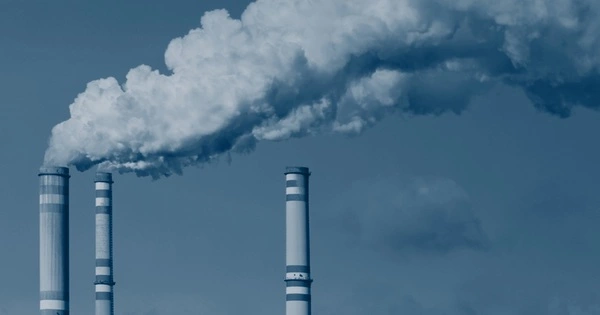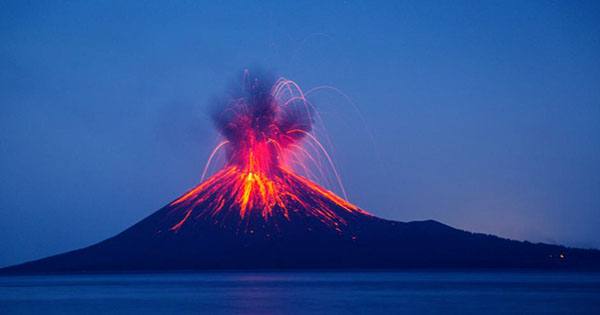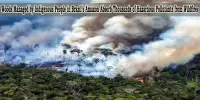Air pollution causes atmospheric degradation, which is the primary contributor to environmental issues such as global warming and greenhouse gas emissions. Increased air pollution has resulted in health and environmental issues all over the world. The impact of air pollution has a domino effect, causing the collapse of other ecosystems.
Vehicle and industrial emissions are the primary sources of air pollution. The smoke produced by the combustion of fossil fuels in automobiles and industries is primarily composed of carbon monoxide, carbon dioxide, sulfur dioxide, nitrogen oxides, and hydrocarbons. All of these gases are harmful to the environment. When exposed to sunlight, high concentrations of sulfur dioxides in the air can cause respiratory diseases in humans and animals, as well as the formation of sulfur smog. Sulphurous smog is also known as London Smog. Sulphur dioxide gases are produced when fossil fuels containing sulfur coal are burned.
Carbon dioxide is the primary greenhouse gas that has contributed to global warming. The carbon dioxide molecule has the ability to absorb and re-emit infrared radiation from the sun, trapping heat within the atmosphere. The high concentration of carbon dioxide in the atmosphere is also contributing to the acidification of ocean water. Carbon monoxide, another gas emitted during the combustion of fossil fuels, is extremely hazardous to one’s health. Carbon monoxide has a higher affinity than oxygen for binding to blood haemoglobin molecules. When the concentration of carbon monoxide is higher in the air then the blood is unable o supply the required oxygen to the cells of the body leading to carbon monoxide poisoning which if not treated soon can be fatal.

POPs, or persistent organic pollutants, are a class of toxic chemical compounds that are a global concern because they can be transported by air or water and have a negative impact on the environment. Chlorofluorocarbons, or CFCs, are the most well-known POPs. This compound is used in the manufacture of refrigerants, aerosol sprays, foam blowing agents, and other products. When a CFC compound is released into the atmosphere, it moves to the upper strata of the atmosphere, where the sun’s ultraviolet rays break the compound down and release chlorine molecules. The chlorine molecule then breaks down the ozone molecule into smaller molecules, destroying the ozone layer, which protects the earth from the sun’s ultraviolet rays.
It is not just the chemical compound that is released from the use of fossil fuels or the use of organic pollutants that degrade the atmosphere. Odours are another form of atmospheric degradation that impacts the environment. Unsanitary living conditions and reckless dumping of waste sewage can lead to odours or stench that can deteriorate the living conditions in an area. It can not only make breathing difficult due to the stench but can also lead to diseases and attract flies and animals.
Another way that the atmosphere degrades is the release of particulate matter into the air from the construction and mining industries, such as dust, sand, and gravel. The presence of particulate matter often makes breathing difficult and contributes to the formation of smog over cities. Deforestation has significantly reduced the amount of vegetation on the Earth’s surface. Land clearing increases the likelihood of soil erosion and loss of fertility. However, one of the most significant effects of fewer trees is a reduction in photosynthesis, the natural process of converting harmful carbon dioxide to oxygen. This means that more carbon dioxide is now trapped in the environment.
















